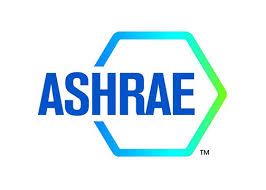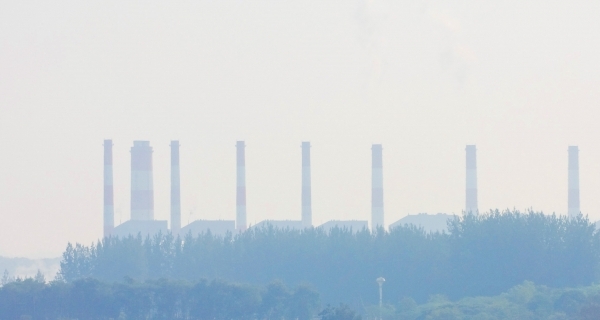ASHRAE publish new standard
USA – ASHRAE, the American Society of Heating, Refrigerating and Air-Conditioning Engineers, have published a new standard covering the residential indoor air quality standard for multifamily units in all types of buildings, marking one of the biggest changes to the recently published 2016 version.
The new ANSI/ASHRAE Standard 62.2-2016, Ventilation and Acceptable Indoor Air Quality in Residential Buildings, seeks to define the roles of, and minimum requirements for, mechanical and natural ventilation systems and the building envelope intended to provide acceptable indoor air quality in residential buildings.
Prior to the publication of this new standard, multifamily residential buildings four stories or above previously fell under the scope of ANSI/ASHRAE Standard 62.1, Ventilation for Acceptable Indoor Air Quality.
Henceforth the dwelling units themselves will be covered by the Standard 62.2 regardless of building height, while common areas of those buildings remain in the scope of 62.1, according to Paul Francisco, chair of the Standard 62.2 committee.
In a press statement, Francisco said the change would provide improved consistency of ventilation requirements for dwelling units regardless of building height. For new builds, this new standard will consequently result in a change of requirements for dwelling units in 4 story and above buildings. While, for the retrofit market, this latest edition will result in coverage by ASHRAE ventilation standards for the first time in residential dwellings in 4 story and above story buildings. In addition, the 2016 standard also features a method of claiming an infiltration credit for horizontally-attached units.
ASHRAE also claim that another major benefit arising from the change in the standard is that it provides a means of determining equivalency for a variety of ventilation scheduling strategies. ASHRAE have further stated that this change also includes a maximum short-term exposure to make sure that meeting annual equivalence does not unduly compromise short-term IAQ.














